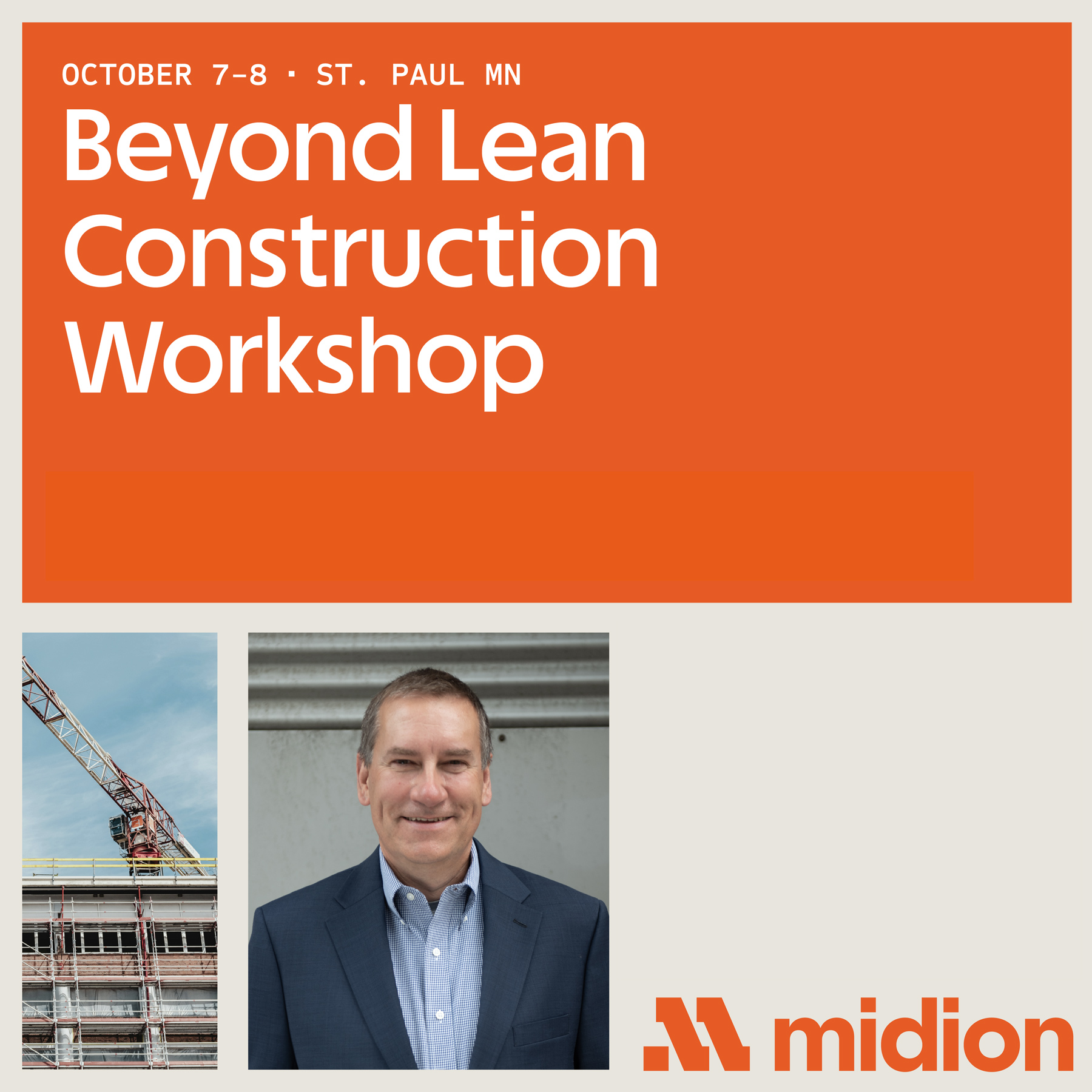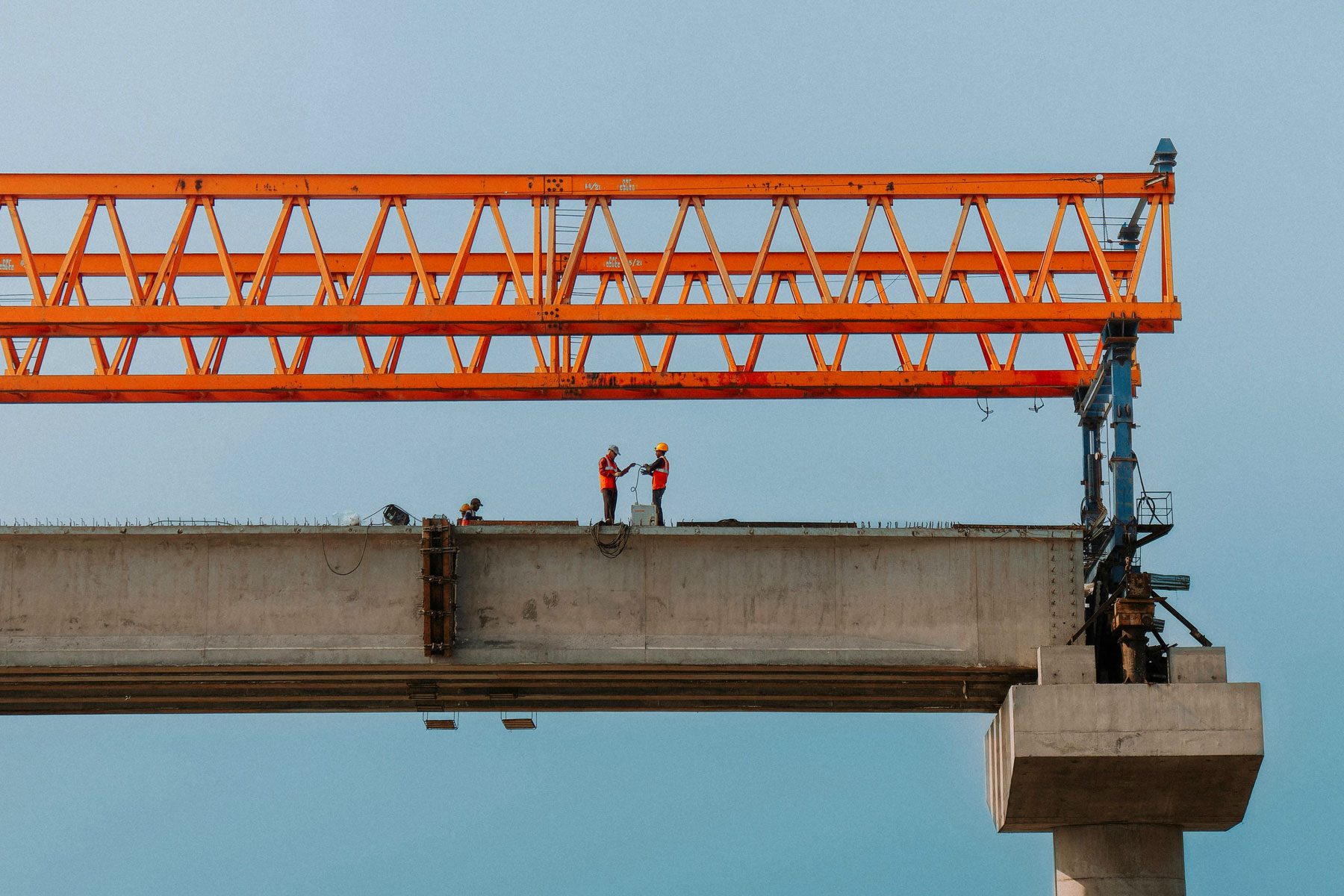Performance Improvement Programs and Lean Construction

Performance Improvement Programs and Lean Construction
The paper examines the relationship between Lean Construction and Performance Improvement programs in construction organizations. The authors argue that the structure and focus of existing performance improvement programs are a barrier to Lean Construction’s entry into the organization.
The paper first analyzes the characteristics of successful performance improvement programs, and develops a model that identifies three critical elements: 1) Time Spent on Improvement, 2) Improvement Skills and Mechanisms, and 3) Improvement Perspective and Goals.
The authors identify different ways to “structure” the improvement program: outcome focused (such as Critical Success Factors) and process focused (such as Lean Construction). The paper discusses the implications of the different “perspectives” and argues that they lead to different improvement approaches each reflecting different paradigms for the nature of the change. The authors propose that “result-focused” improvement programs may be a barrier to the adoption of Lean Construction.
Performance Improvement Programs and Lean Construction
The paper examines the relationship between Lean Construction and Performance Improvement programs in construction organizations. The authors argue that the structure and focus of existing performance improvement programs are a barrier to Lean Construction’s entry into the organization.
The paper first analyzes the characteristics of successful performance improvement programs, and develops a model that identifies three critical elements: 1) Time Spent on Improvement, 2) Improvement Skills and Mechanisms, and 3) Improvement Perspective and Goals.
The authors identify different ways to “structure” the improvement program: outcome focused (such as Critical Success Factors) and process focused (such as Lean Construction). The paper discusses the implications of the different “perspectives” and argues that they lead to different improvement approaches each reflecting different paradigms for the nature of the change. The authors propose that “result-focused” improvement programs may be a barrier to the adoption of Lean Construction.
Performance Improvement Programs and Lean Construction
The paper examines the relationship between Lean Construction and Performance Improvement programs in construction organizations. The authors argue that the structure and focus of existing performance improvement programs are a barrier to Lean Construction’s entry into the organization.
The paper first analyzes the characteristics of successful performance improvement programs, and develops a model that identifies three critical elements: 1) Time Spent on Improvement, 2) Improvement Skills and Mechanisms, and 3) Improvement Perspective and Goals.
The authors identify different ways to “structure” the improvement program: outcome focused (such as Critical Success Factors) and process focused (such as Lean Construction). The paper discusses the implications of the different “perspectives” and argues that they lead to different improvement approaches each reflecting different paradigms for the nature of the change. The authors propose that “result-focused” improvement programs may be a barrier to the adoption of Lean Construction.
Performance Improvement Programs and Lean Construction
The paper examines the relationship between Lean Construction and Performance Improvement programs in construction organizations. The authors argue that the structure and focus of existing performance improvement programs are a barrier to Lean Construction’s entry into the organization.
The paper first analyzes the characteristics of successful performance improvement programs, and develops a model that identifies three critical elements: 1) Time Spent on Improvement, 2) Improvement Skills and Mechanisms, and 3) Improvement Perspective and Goals.
The authors identify different ways to “structure” the improvement program: outcome focused (such as Critical Success Factors) and process focused (such as Lean Construction). The paper discusses the implications of the different “perspectives” and argues that they lead to different improvement approaches each reflecting different paradigms for the nature of the change. The authors propose that “result-focused” improvement programs may be a barrier to the adoption of Lean Construction.
Performance Improvement Programs and Lean Construction
The paper examines the relationship between Lean Construction and Performance Improvement programs in construction organizations.
Performance Improvement Programs and Lean Construction
The paper examines the relationship between Lean Construction and Performance Improvement programs in construction organizations. The authors argue that the structure and focus of existing performance improvement programs are a barrier to Lean Construction’s entry into the organization.
The paper first analyzes the characteristics of successful performance improvement programs, and develops a model that identifies three critical elements: 1) Time Spent on Improvement, 2) Improvement Skills and Mechanisms, and 3) Improvement Perspective and Goals.
The authors identify different ways to “structure” the improvement program: outcome focused (such as Critical Success Factors) and process focused (such as Lean Construction). The paper discusses the implications of the different “perspectives” and argues that they lead to different improvement approaches each reflecting different paradigms for the nature of the change. The authors propose that “result-focused” improvement programs may be a barrier to the adoption of Lean Construction.
Performance Improvement Programs and Lean Construction
The paper examines the relationship between Lean Construction and Performance Improvement programs in construction organizations.
Performance Improvement Programs and Lean Construction
The paper examines the relationship between Lean Construction and Performance Improvement programs in construction organizations. The authors argue that the structure and focus of existing performance improvement programs are a barrier to Lean Construction’s entry into the organization.
The paper first analyzes the characteristics of successful performance improvement programs, and develops a model that identifies three critical elements: 1) Time Spent on Improvement, 2) Improvement Skills and Mechanisms, and 3) Improvement Perspective and Goals.
The authors identify different ways to “structure” the improvement program: outcome focused (such as Critical Success Factors) and process focused (such as Lean Construction). The paper discusses the implications of the different “perspectives” and argues that they lead to different improvement approaches each reflecting different paradigms for the nature of the change. The authors propose that “result-focused” improvement programs may be a barrier to the adoption of Lean Construction.
Performance Improvement Programs and Lean Construction
The paper examines the relationship between Lean Construction and Performance Improvement programs in construction organizations. The authors argue that the structure and focus of existing performance improvement programs are a barrier to Lean Construction’s entry into the organization.
The paper first analyzes the characteristics of successful performance improvement programs, and develops a model that identifies three critical elements: 1) Time Spent on Improvement, 2) Improvement Skills and Mechanisms, and 3) Improvement Perspective and Goals.
The authors identify different ways to “structure” the improvement program: outcome focused (such as Critical Success Factors) and process focused (such as Lean Construction). The paper discusses the implications of the different “perspectives” and argues that they lead to different improvement approaches each reflecting different paradigms for the nature of the change. The authors propose that “result-focused” improvement programs may be a barrier to the adoption of Lean Construction.
Performance Improvement Programs and Lean Construction
The paper examines the relationship between Lean Construction and Performance Improvement programs in construction organizations. The authors argue that the structure and focus of existing performance improvement programs are a barrier to Lean Construction’s entry into the organization.
The paper first analyzes the characteristics of successful performance improvement programs, and develops a model that identifies three critical elements: 1) Time Spent on Improvement, 2) Improvement Skills and Mechanisms, and 3) Improvement Perspective and Goals.
The authors identify different ways to “structure” the improvement program: outcome focused (such as Critical Success Factors) and process focused (such as Lean Construction). The paper discusses the implications of the different “perspectives” and argues that they lead to different improvement approaches each reflecting different paradigms for the nature of the change. The authors propose that “result-focused” improvement programs may be a barrier to the adoption of Lean Construction.
Performance Improvement Programs and Lean Construction
The paper examines the relationship between Lean Construction and Performance Improvement programs in construction organizations. The authors argue that the structure and focus of existing performance improvement programs are a barrier to Lean Construction’s entry into the organization.
The paper first analyzes the characteristics of successful performance improvement programs, and develops a model that identifies three critical elements: 1) Time Spent on Improvement, 2) Improvement Skills and Mechanisms, and 3) Improvement Perspective and Goals.
The authors identify different ways to “structure” the improvement program: outcome focused (such as Critical Success Factors) and process focused (such as Lean Construction). The paper discusses the implications of the different “perspectives” and argues that they lead to different improvement approaches each reflecting different paradigms for the nature of the change. The authors propose that “result-focused” improvement programs may be a barrier to the adoption of Lean Construction.














